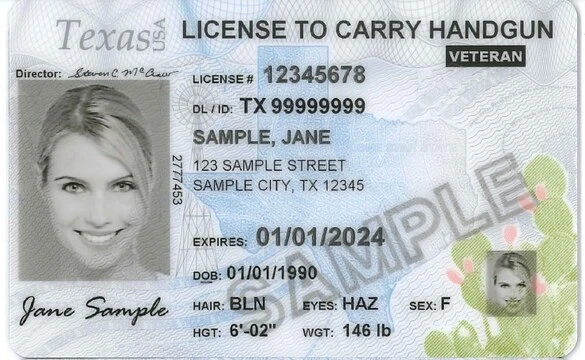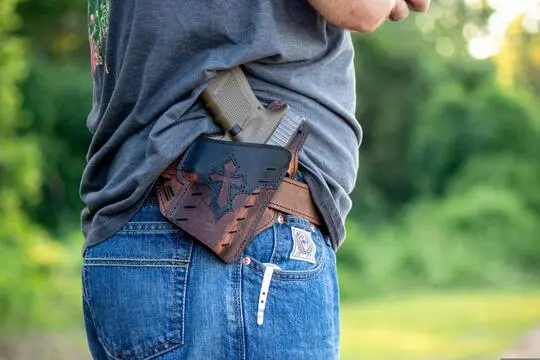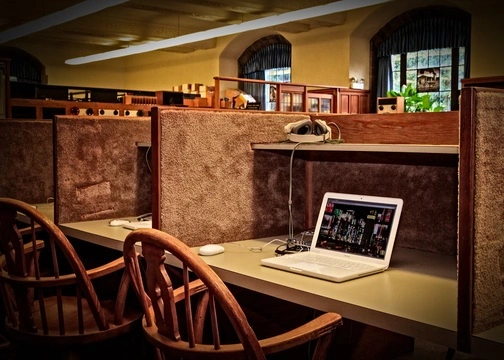As parents, it's natural to carry countless worries about our children’s safety. Among these, the prospect of encountering firearms can be a dominant concern. The age-old debate: Is it better to child-proof guns or to gun-proof children? This article advocates for a fresh perspective, arguing that comprehensive firearms training for children can transform potential danger into a platform for education and respect.
Short Summary
- The article promotes comprehensive firearms training for children as a balanced approach to gun safety.
- Parents' informed consent and legal considerations, such as age restrictions, are key aspects.
- It highlights the importance of self-defense and calls for more research on the impact of firearms training.
- The article outlines specific training methods and discusses the empowering psychological impact of such training.
- Personal experiences serve as case studies, demonstrating the benefits of demystifying guns.
- It emphasizes the role of gun safety in preventing youth suicide and accidental gun injury, and provides tips for safe gun storage.
- The article concludes by highlighting the broader benefits of firearms training, including cultivating responsibility and equipping children with essential safety skills.
The Role of Parents in Firearms Training
Parents play a crucial role in deciding whether their child should undergo firearms training. As the primary decision-makers, parents must make the informed decision to pursue this path, understanding the benefits and potential risks involved. The importance of informed consent cannot be overstated. It ensures that parents are fully aware and supportive of their child's participation in firearms training.
Legal and Ethical Considerations of Firearms Training for Children
In most states, children under the age of 18 are not allowed to own any type of firearm. Those aged 18-21 are usually allowed to own long guns (rifles, shotguns), and 21 years is the minimum age to own a handgun. However, with parental consent and authorized supervision, children can handle and learn to use firearms legally. This highlights the role of parental consent, which is not just a legal requirement but also an ethical one.
Alternatives to Firearms Training: Pacifism vs. Self-Defense
While pacifism is a valid personal belief, it may not always be practical or sufficient for self-defense. It's important to acknowledge that firearms training does not promote violence but rather teaches children how to responsibly handle firearms should the need arise. Thus, the importance of self-defense becomes evident.
The Need for More Research on the Impact of Firearms Training
There is a lack of studies on children who undergo firearms training and do not misuse guns. This could be an opportunity to call for more research in this area to better understand the impact of firearms training on children's behavior. The potential benefits of such research could be significant, providing valuable insights into the effectiveness of firearms training for children.
Specific Training Methods for Children
Comprehensive firearms training for children can include a variety of methods:
- Theoretical knowledge: Teach children about different types of firearms, their parts, and their functions.
- Safety rules: Emphasize the importance of always treating firearms as if they are loaded, never pointing a gun at anything they do not intend to destroy, etc.
- Hands-on training: Under close supervision, allow children to handle firearms, learning how to load, unload, aim, and safely store them.
- Scenario-based training: Create hypothetical situations to teach children when and how to use firearms responsibly.
These methods can help demystify guns, lessen their allure, and teach our children responsible handling.
The Psychological Impact of Firearms Training on Children
Learning self-defense, including firearms training, can have a profound psychological impact on children. It can boost their confidence, teach them responsibility, and help them understand the importance of safety. The empowering effect of self-defense training is significant. However, it's also important to understand the potential psychological effects of such training, ensuring that it is delivered in a manner that is sensitive to the child's mental and emotional well-being.
Case Studies of Successful Firearms Training Programs
Personal experiences with firearms training can serve as powerful examples for other parents considering this path for their children. For instance, my own child can request to go shooting any time he likes, therefore guns are not a mystery to him, nor are they taboo. This experience has shown that comprehensive firearms training can demystify guns for children, making them less of a taboo and more of a tool that they can respect and handle responsibly.
Protecting Children: The Responsibility of Gun Safety
Protecting children is a responsibility that extends beyond the home and into the broader community. This includes preventing youth suicide and accidental gun injury. One of the key ways to fulfill this responsibility is by storing guns safely. Bulletproof Kids is a non-confrontational, non-partisan initiative that emphasizes the importance of gun safety in protecting children.
Talking to Kids about Gun Safety
Guns are in many homes, so they're a very real danger to kids, whether you own one or not. It's important to have open conversations about gun safety with children. This can include discussing the dangers of firearms, the importance of never handling a gun without adult supervision, and what to do if they encounter a gun at a friend's house. These conversations can help children understand the seriousness of gun safety and equip them with the knowledge to make safe choices.
Keeping Kids Safe from Guns in the Home
The prevalence of shooting deaths in children and teens is a sobering reality that underscores the importance of gun safety. The most effective way to prevent these tragedies is to ensure that guns in the home are stored safely. This can include using gun safes, lockboxes, and trigger locks. These measures can significantly reduce the risk of accidental shootings and other firearm-related accidents.
Firearm Safety Tips
Ensuring the safety of children around firearms involves more than just secure storage. Here are some additional safety tips:
- Store guns unloaded and secured with effective, child-resistant gun locks.
- Keep firearms in a locked container out of the reach and sight of children.
- Store ammunition in a separate locked container.
- Never leave a firearm unattended, even for a moment.
- Teach children to never touch a firearm without adult supervision and to inform an adult immediately if they find a firearm.
Conclusion
In sum, the advantages of firearms training extend far beyond mere safety. It cultivates responsibility, demystifies firearms, and equips children with the skills needed to navigate the world safely. As parents, let’s consider the potential positive impact of empowering our children through comprehensive firearms training and open our minds to this balanced approach to gun safety.




